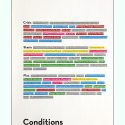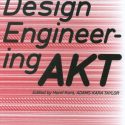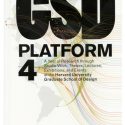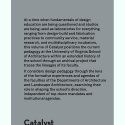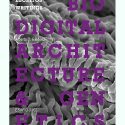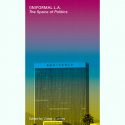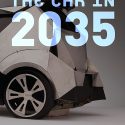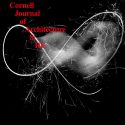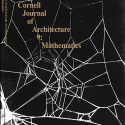Mathematics: From the Idea to the Uncertain. Exploring the dynamic and non-linear relationship between mathematics and architecture
Cornell AAP
While mathematics in architecture has historically referenced notions of order, proportion, and ideal form, the discipline of mathematics itself has shifted to encompass uncertainty, incompleteness, relativity, and chaos towards a situation in which truth itself is elusive. This move stems in part from an engagement with real phenomena, in which natural systems were shown to behave non-linearly and unpredictably. In architecture, while computational developments enabling dynamic and variable modeling have been subsumed into our culture of design and production, a new kind of idealism has emerged. Formally prolific and inherently multiplicitous, this book proposes algorithmic truth and statistical outcomes over predetermined objectives; it signifies a retreat away from reality and back towards abstraction and simulation in the smooth space of possibility. Meanwhile, the consequences of uncertainty have pervaded our culture to its core. Recovering from the initial high of fractal and random geometrical proficiency, architecture is just beginning to re-embrace the underlying issues embedded within this contemporary mathematics: uncertainty, unpredict-ability, chance, recursion, wildness, and informality. Contributors: Cecil Balmond, Mario Carpo, Lily Chi Adrian Lewis, Dana Cupkova Kevin Pratt, Tom Fecht, Francois Roche, Jenny Sabin, Anthony Vidler and others.

